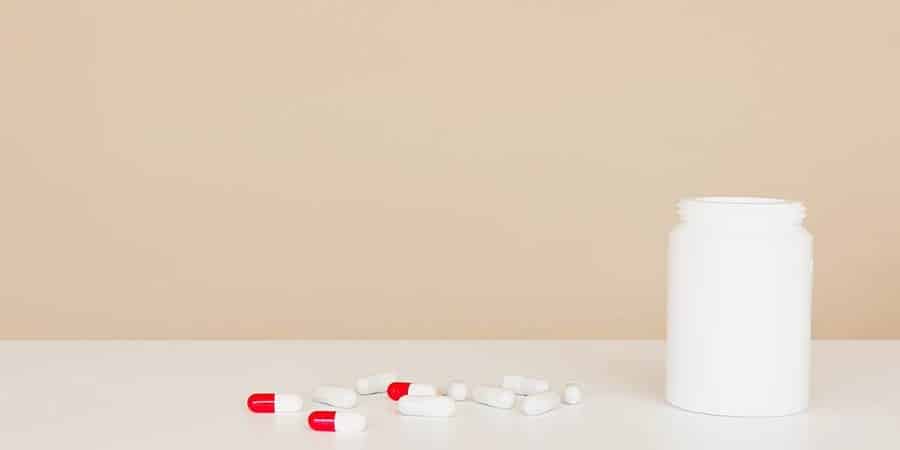
The War on Opiate Addiction
Over the past 20 years, the United States has seen three major waves of opioid overdose deaths. The first began in the year 2000 when prescription opioid deaths began climbing year after year. The other two began more recently. Heroin overdose deaths began to increase rapidly in 2010. The third wave has been the deadliest of all though. Beginning between 2013-2014, overdose deaths involving synthetic opiates, primarily Fentanyl began to skyrocket. Between 1999-2018 nearly 450,000 people died from opioid overdose. (1)
Hope on the Horizon
Despite the grim statistics, there is good cause for hope. The addiction treatment community has risen to the challenge of the rising tide of opiate deaths. Options for treatment are more diverse and accessible than perhaps ever before. There are solutions designed to fit nearly anyone’s budget or lifestyle. Many will find a residential stay at a treatment center for 28-30 days or more is best, others may rely on a combination of a Partial Hospitalization Program (PHP) and Intensive Outpatient Program (IOP) treatment. Most people will want to begin with a medical detox program, if at all possible. Without medical treatment, opioid withdrawal symptoms can be intensely unpleasant and last for well over a week. Many patients find that different medications are helpful in recovery, even long beyond the medical detox phase of their care.
Medication Strategies for Opioid Addiction
Opioid detox protocols have become increasingly sophisticated in recent years. Once upon a time, Methadone, Tylenol, and perhaps an anti-diarrheal agent were about the most one could expect, if they were lucky. Today Buprenorphine (Subutex®) is the most common primary medication used in opioid detox. But it’s only one of many medications available to alleviate opiate withdrawal symptoms Longer-acting medications like Vivitrol are sometimes used. A variety of anti-anxiety medications may be used to help quell nervousness or sleeplessness. Valium may be used during the detox portion of treatment, but patients will generally be segued to non-narcotic anxiolytic agents for the longer term. Lofexidine is another non-narcotic medication that does a good job of mitigating opiate withdrawal for many people. Clonidine is a part of many opiate detox regimens too. It is a blood pressure medication that has been found to reduce adrenaline and has no narcotic qualities. Antidepressant medications like Venlafaxine (Effexor) and Fluoxetine (Prozac) are also frequently used in the detox process and well beyond it. While many patients may not have the need to remain on an antidepressant for life, research has shown significantly lower relapse rates for patients who remain on antidepressants for some time after treatment. (2)
Building a Life in Recovery
Medications are usually part of the solution for most people struggling with opiate addiction. Whether it’s only during a medical detox, or a protocol that’s followed for years afterward, it’s important to find the right solution for you and to be compliant with your plan. Medication-Assisted Treatment (MAT) is not a new idea, but it has become more mainstream than ever before. Research, including an ongoing FDA study, shows conclusively that MAT is effective at delivering more positive outcomes. Chronic relapse patients can feel especially hopeless when going through a medical detox or residential program for the fourth, fifth, or tenth time. In the case of opiates, particularly in the age of Fentanyl, there is no guarantee of surviving until the next course of treatment. The demand for solutions that support lasting recovery for opiate addicts has pushed the MAT solution into the spotlight. Whatever approach is the right fit for a recovering person, the essential idea is that recovery must be viewed as a lifestyle. We do not simply go to treatment or detox to be “fixed” and then carry on with life as usual. Recovery is a lifelong process. It’s best to think of it as a marathon, not a sprint.
Harmony Health Group offers comprehensive care for those struggling with substance abuse and mental health issues, with state of the art facilities located in Florida, Massachusetts, North Carolina, New Jersey, and Tennessee. Our treatment programs address not only drug and alcohol dependency but also anxiety, depression, and other mental health conditions. By accepting insurance from major providers like Aetna, Cigna, Blue Cross Blue Shield, and United Healthcare, we aim to make our services accessible to many. Additionally, we provide private pay options for those without insurance, so you can discuss the cost of various treatments with us directly.
Our dedicated team is committed to guiding each individual towards lasting recovery through a combination of proven methods and personalized care. At Harmony Health Group, we believe that everyone deserves the opportunity to rebuild their lives and achieve mental well-being. Don’t hesitate to reach out and learn more about our diverse treatment options. Your path to a healthier, more fulfilling life starts with taking that first step, and we are here to support you every step of the way.
Sources
